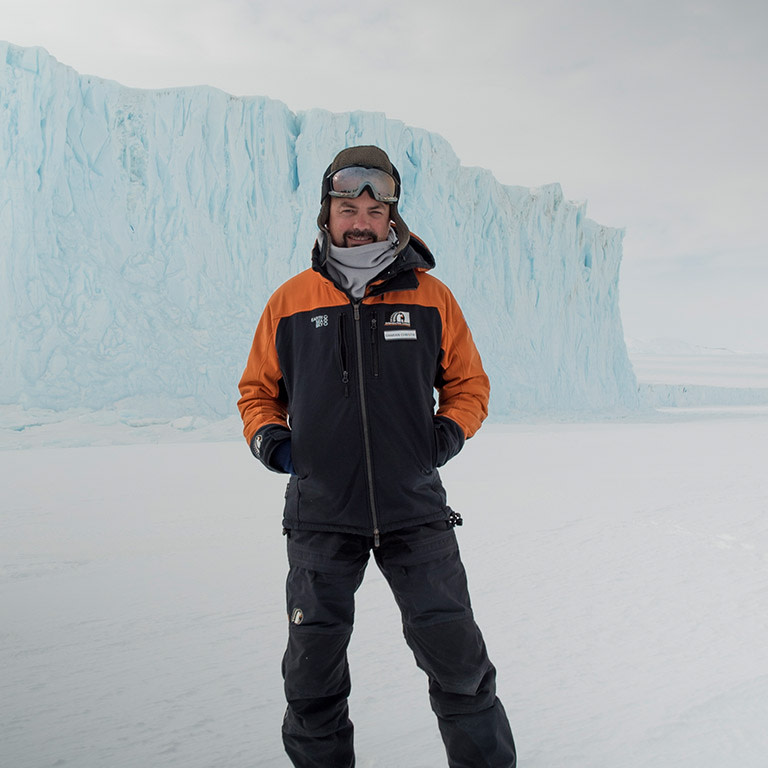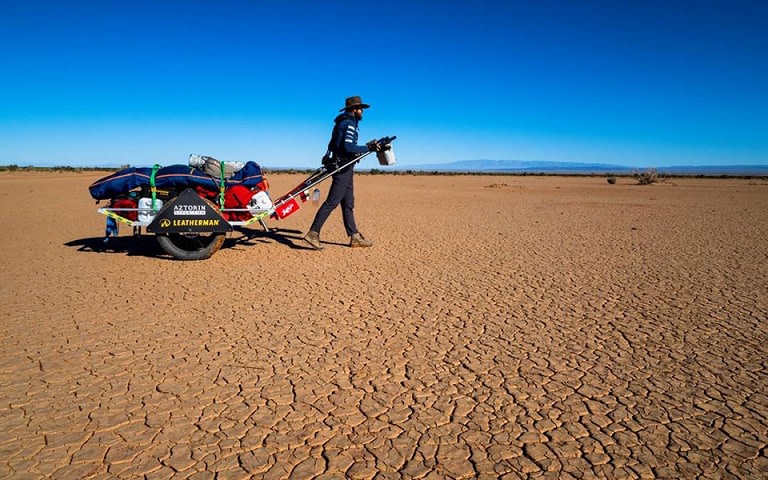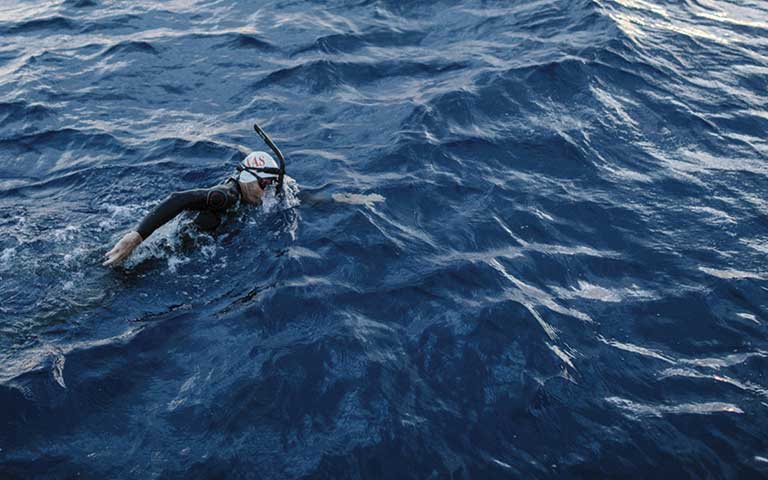Understanding Antarctica
March 25, 2017 | Damian Christie
Antarctica is the coldest, driest, windiest place on earth. It’s the toughest place a human can find themselves. At the same time, the Antarctic is a fragile, delicate ecosystem, kept pristine by a concerted effort of those who are privileged enough to visit.
Each year, a few thousand people, scientists and those who support them, visit Antarctica to help better understand what is happening there. What happens to Antarctica doesn’t just affect Antarctica - the Antarctic ice sheet holds more than sixty percent of all the freshwater on earth, and if it were to melt, would raise sea levels around the world by almost sixty metres.
For scientists, Antarctica represents one of the most exciting and challenging environments in which to work. The weather is unpredictable and extreme, preventing trips into the field, or once out at field camp, making it impossible to even leave the tent. Days or weeks of a limited and expensive research season can be spent frustratingly looking out the window of the main station, waiting for the weather to clear.
The history of Antarctic exploration is a grim one - many of the early explorers lost their lives on the ice, and Antarctica remains a constant danger to those who live and work there. Dozens of scientists have died in recent years, such as renowned US climate scientist Gordon Hamilton who was killed after his snowmobile fell into a crevasse.

Studying Antarctica
Antarctica offers a unique environment for the world’s leading scientists to study everything from the sky to the soil, what’s happening right now, and what happened in prehistoric times, when trees once grew on the now-frozen continent.
Some projects are audacious in their scope - drilling a kilometer beneath the ice-shelf to take samples of sediments many tens of millions of years old, or using aerial mapping to conduct a census of hundreds of thousands of penguins.
Others involve painstaking measurements, of shellfish on the seabed, CO2 in the air, or lichen on a rock that grows just a fraction of a millimeter each year.
Antarctica is protected from direct contamination by humans (scientists in the field are required to bring even their own waste back to base with them), providing an opportunity to study the changing environment without complicating factors: If something is changing, then the number of possible causes is limited.
But unlike the Arctic, where sea ice is (mostly) declining year on year, the geography of the Antarctic presents challenges to our understanding of climate change. Rather than shrinking, Antarctic sea ice has been increasing since records began in the 1970s.
Could it be linked to the dominance of the El Nino weather system in recent decades, or the influx of cold water into the ocean from the melting of the main Antarctic ice sheet? Even seemingly simple systems can be complex, but scientists continuing to unravel these mysteries are vital if we are to face the huge challenges ahead.
More for you

Hiking Adventure in the Gobi Desert | icebreaker
August 30, 2019 | Laura Charabot

Ben Lecomte: Taking isolation one day at a time
7th May 2020 | icebreaker

Meet scientist and engineer Nanogirl | icebreaker
1 March 2018 | Helene Ravlich







